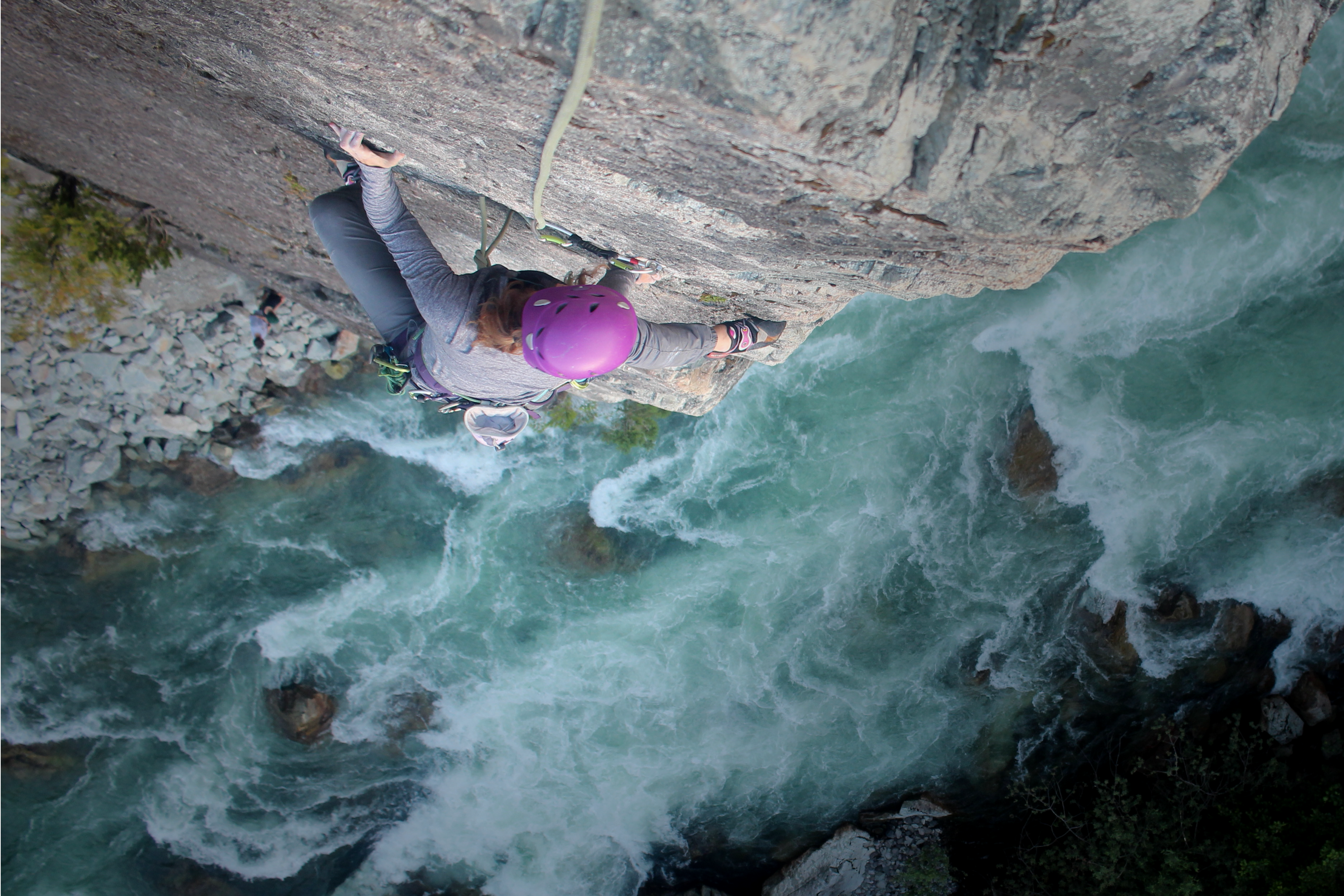

Performance Tuning
Climbing shoes are meant to perform.
Choosing the right shoe can be the difference between sending, and hanging on your rope or sitting on the mat wondering how your feet cut so quickly. If you haven’t already, read our recommendations on sole choice; the sole is the single most important part of the shoe, and has by far the largest effect on performance.
There is an ever-growing selection of climbing shoes, each boasting its own technology that is marketed as the best thing since sticky rubber. Most of these shoes have excellent performance under the right conditions, but every climber is different, every climb is different, and unless you’re one of a few select pro climbers, you can’t work with a climbing shoe company to fine tune a shoe to your specific needs. …or can you?
We offer a number of options for Performance Tuning. Do you crack climb? Do a lot of toe hooks, or suffer from toe-drag wear? Like heel hooks? Read about Performance Tuning options below that can help you tailor a pair of shoes to a specific purpose. If you’re an advanced climber pushing grades, working at projects, or entering comps, you’ll want multiple pairs of shoes, each of which is optimised for certain conditions. The best shoe for techy face climbing is not the best shoe for steep overhangs or for delicate smears and modern style comp boulders.
Sole Concavity (cups)
We can add concavity to your soles to help hook onto footholds; this is particularly helpful on overhanging terrain. The one downside is that in very specific situations, concavity can slightly reduce contact area, and therefore friction, during smearing.
Mid Sole:
We can add a midsole to your shoes during a resole to stiffen them up. A stiffer shoe will have significantly better edging performance in comparison to softer shoes with a thin midsole, or no midsole at all. Stiffening a shoe will reduce its sensitivity, and can negatively affect smearing performance.
Crack climbers should be looking for a stiff shoe for most cracks between hands and off widths; the added structure of the shoe helps jams feel more secure, and less painful. Depending on the crack, often a softer shoe is better for thin cracks (toe jams) and chimneys (lots of smearing). Slippers typically do well at this but even going to a softer rubber on a stiff shoe like a TC Pro will give a substantial improvement in smearing performance and sensitivity (at the expense of edging performance).
Scum Patches
If you like toe-hooks, or suffer from wear at the knuckles from flags & drags, add a scum patch to your shoes to get better friction, or protect against wear. It you’re after toe-hooking performance, reach out and ask for the stickiest rubber we have!
Crack Rand
This one is for the crack addicts. We can bring your rands up higher on the shoe, especially on the outside edge. This is immensely helpful in reducing the wear on the uppers from jams, but also gives better friction and a bit of cushion to dull the pain if you haven’t already become numb to it.
Heel Hook Treatment
The rubber on your shoes oxidizes over time, and the thin layer at the surface can become hard and slippery. Heels are particularly susceptible to this as they’re not worn away as quickly as a sole. We can remove this thin layer of oxidized rubber, exposing fresh rubber and bringing your shoe’s heel hooking performance to better-than-new.
